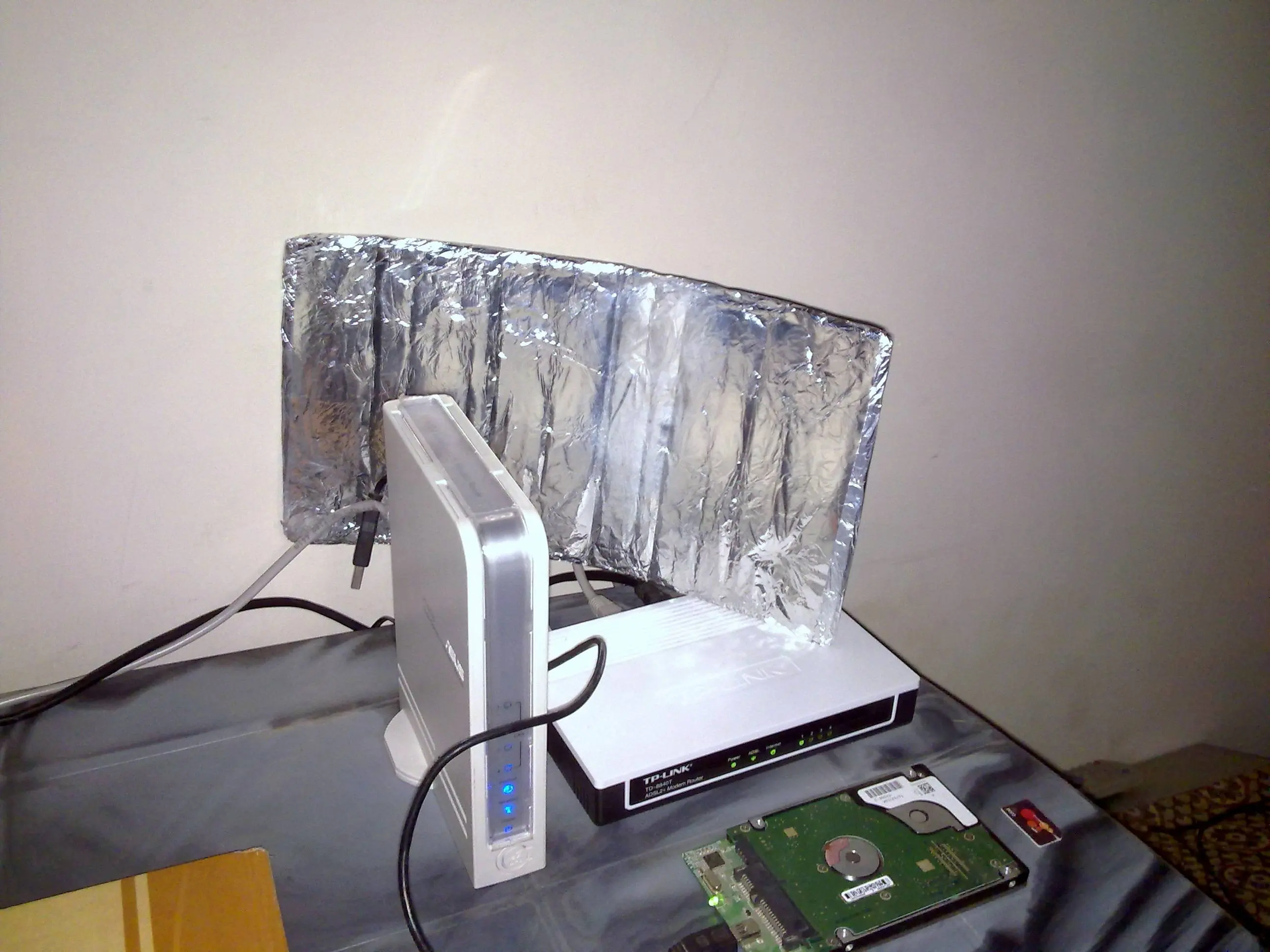
5 Changes in Hands and Feet That May Signal Lung Cancer Is Coming – But Most People Mistake Them for Common Illnesses
Lung cancer is often called the "silent killer" because it usually shows no clear symptoms until it has reached an advanced stage. While most people associate lung cancer with coughing, chest pain, or shortness of breath, few realize that early warning signs can also appear in unexpected places—like the hands and feet. Alarmingly, these subtle physical changes are often mistaken for minor, everyday ailments. But according to medical experts, five specific changes in your hands and feet could be early warning signs of lung cancer. Recognizing them in time could save your life or the life of someone you love.
1. Clubbing of the Fingertips (Drumstick Fingers)
One of the most classic yet overlooked signs of lung cancer is finger clubbing. This condition causes the tips of the fingers to become enlarged and the nails to curve downward, resembling drumsticks. It occurs due to a lack of oxygen in the blood, often caused by a tumor in the lungs interfering with oxygen exchange. While many people dismiss this as a genetic trait or a result of aging, finger clubbing can be a red flag for lung disease or even heart issues. If you notice your fingertips gradually changing shape, don’t ignore it—get checked.
2. Unexplained Pain or Numbness in the Feet or Hands
Persistent numbness or tingling in the extremities is often attributed to poor circulation, diabetes, or nerve problems. However, lung cancer can cause a rare condition called paraneoplastic neuropathy, in which the immune system attacks the nervous system in response to a tumor. This can result in nerve damage in the hands and feet, often mistaken for carpal tunnel syndrome or peripheral neuropathy. If you don’t have a clear diagnosis but continue to experience these symptoms, it’s time to consider a more thorough medical evaluation.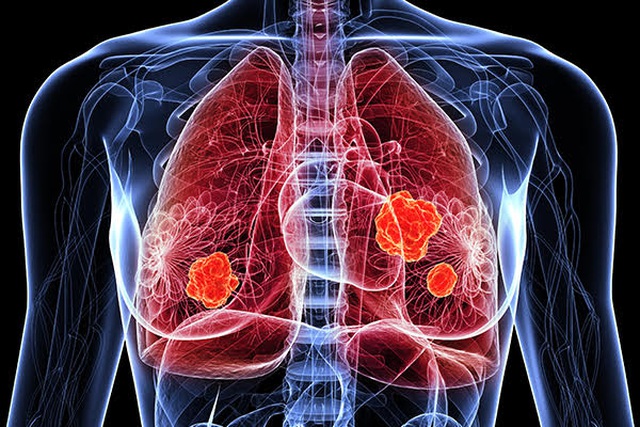
3. Swelling in the Arms, Hands, or Legs
Lung tumors located near major blood vessels in the chest can block proper blood flow, leading to swelling in the arms, hands, or even the legs. This symptom may be especially noticeable in the mornings or after long periods of inactivity. While swelling can be caused by many benign conditions such as injury or poor circulation, persistent or unexplained swelling—especially if it occurs alongside other symptoms—should not be ignored.
4. Skin Discoloration or Unusual Spots on the Fingers or Toes
Changes in skin color, such as bluish or purplish fingers and toes, can indicate poor oxygen circulation—a possible effect of lung dysfunction. Sometimes, small bruises or red spots appear under the nails or on the fingertips. These signs are often dismissed as minor injuries or cold-weather effects, but if they appear without a clear reason and persist, they could be warning signs of underlying health issues, including lung problems.
5. Thickening or Tightening of the Skin on the Hands
Known medically as palmar fasciitis, this condition causes the skin on the palms to become thick, tight, and sometimes painful. Although rare, it has been linked to paraneoplastic syndromes caused by lung cancer. The skin may feel rough and appear reddish or inflamed. Since it is commonly mistaken for eczema or simple dryness, many people delay seeking proper care.
Don’t Ignore What Your Extremities Are Telling You
While these symptoms may appear subtle and easy to dismiss, they are your body’s way of sending distress signals. Because lung cancer tends to spread quietly and rapidly, early detection is absolutely critical. If you or someone you know experiences any of these unusual changes in the hands or feet—especially in combination with fatigue, coughing, or weight loss—it’s time to consult a doctor and request a comprehensive examination.
Remember, it’s better to be safe and catch something early than to discover it when it’s too late. What seems like a small discomfort today could be a life-saving warning sign.
News in the same category

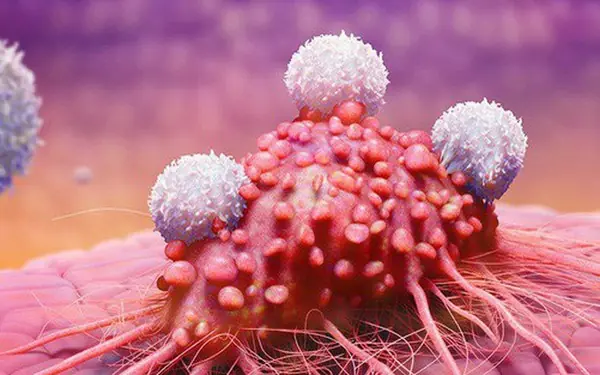
More and More Young People Are Getting Stomach Cancer! If You Wake Up With These 5 Symptoms, Get Checked Immediately

6 Hard Truths About Losing a Parent
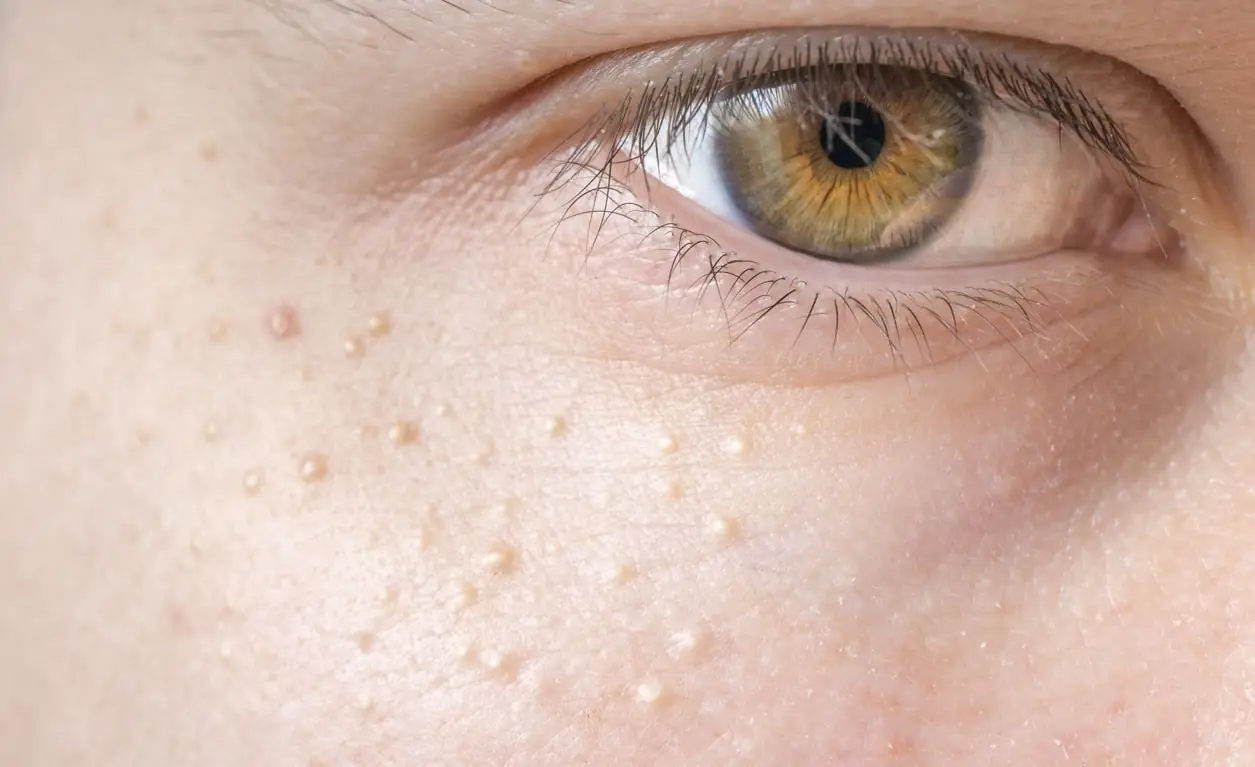
If You Have Tiny White Bumps on Your Face, Don’t Try to Remove Them!

Harvard Doctor Says No to These 4 Inflammatory Foods
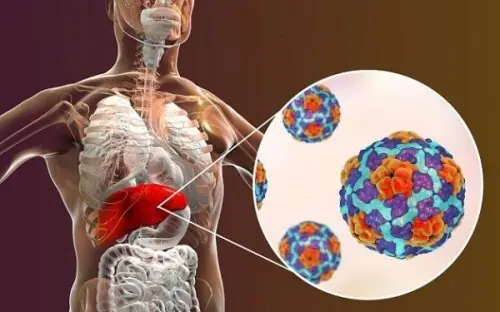
5 Early Warning Signs of Liver Cancer You Should Never Ignore—Even If They Seem Subtle
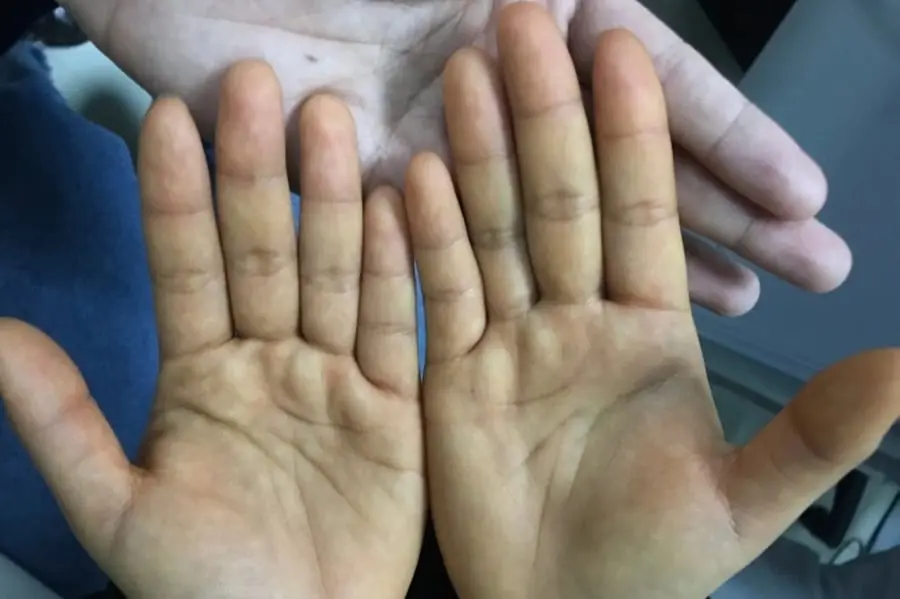
Before Cancer Knocks: 4 Warning Signs in Your Hands and Feet You Should Never Ignore
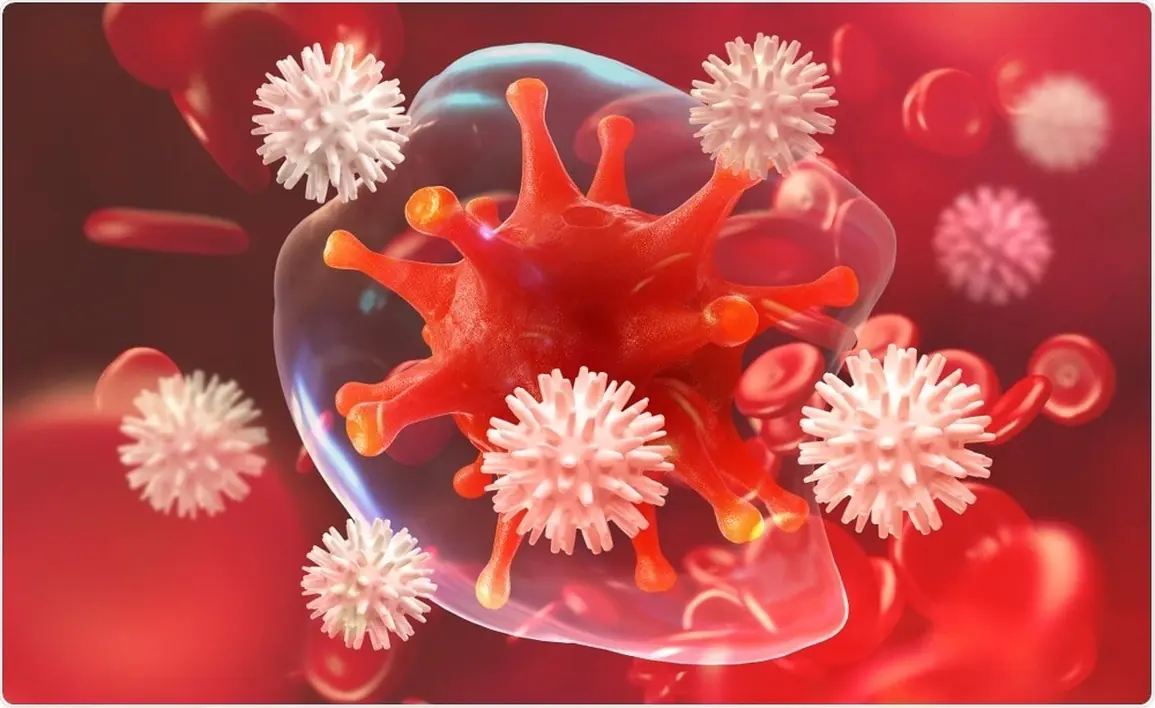
Silent Signs of Kidney Cancer Many People Overlook

The Science Behind Why Your Body Jerks As You Fall Asleep

Man Eats Slug on a Dare, Leading to Tragic Consequences Years Later

Doctor Explains Why You Might Need to Poop Right After Eating — And It’s Not Just IBS
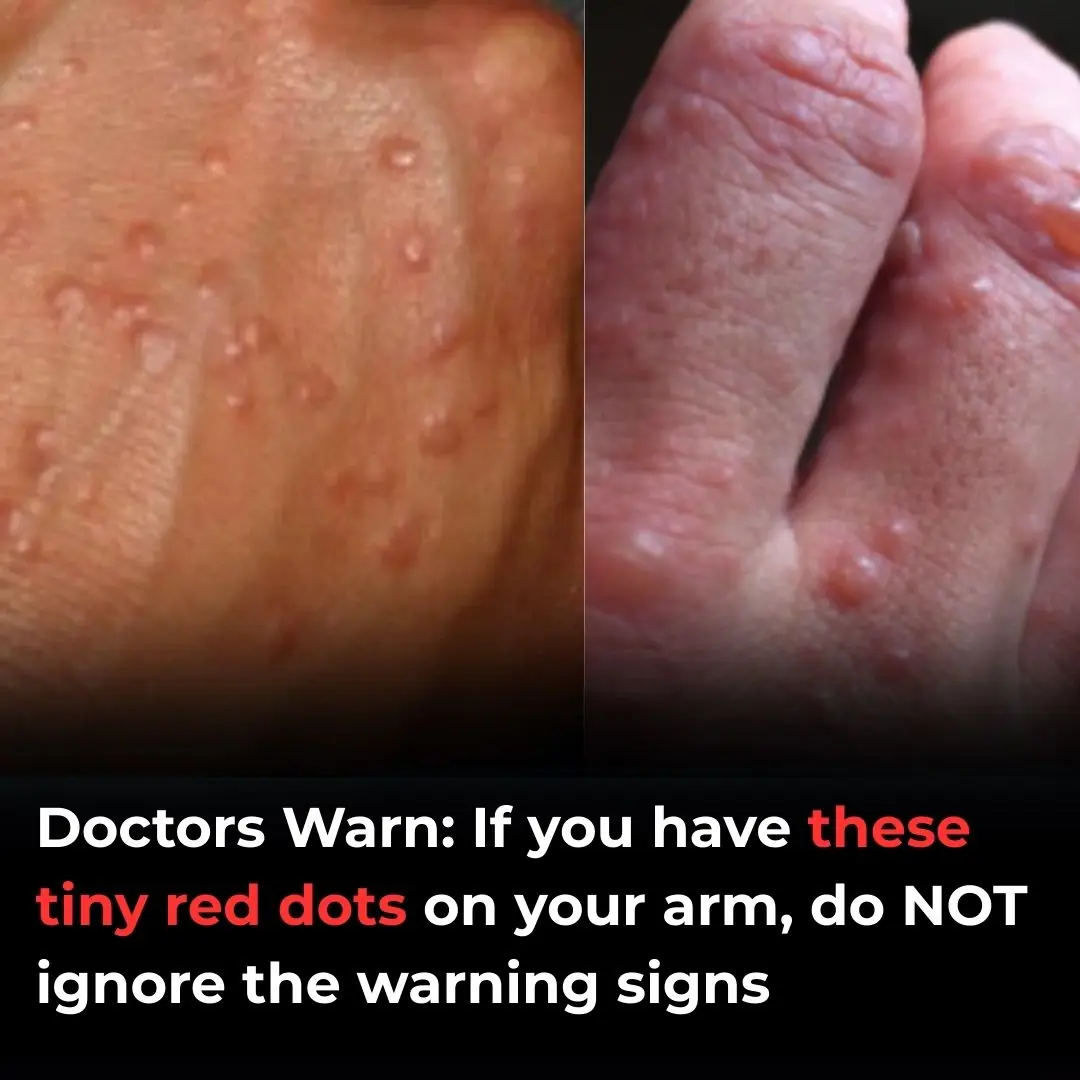
Don’t overlook these small red spots on your arm – They could be important warning signs
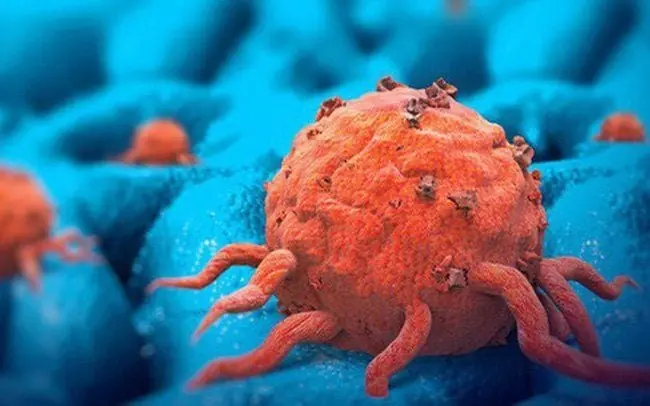
If You Don’t Get These 5 Health Screenings, You Might Not Know You Have Cancer! It's Best to Check These Areas Regularly

Warning: Strange Nail Shapes Could Be a Sign of Dangerous Cancer
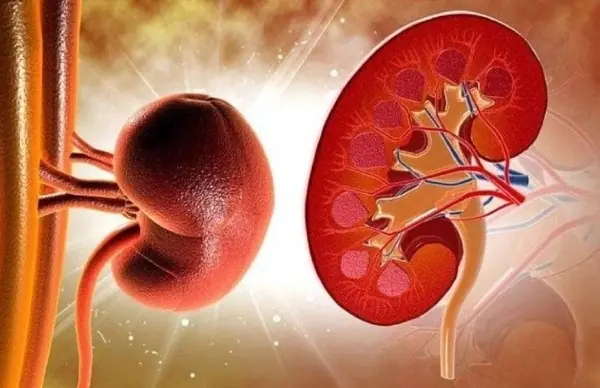
5 Early Signs of Kidney Failure You Need to Know: #3 Is Common But Often Ignored

Think Before You Sip: The Hidden Link Between Sugary Drinks and Oral Cancer

Pineapple-Infused Water, Anyone? Discover the Benefits, Tips, and Refreshing Recipes

How Much Water You Actually Need to Drink Each Day – And Why It Matters

5 Fruits Listed in the ‘Black Book’ That May Promote Cancer Cell Growth: Avoid Them No Matter How Cheap They Are
News Post

Cleanse Your Kidneys with Beetroot, Carrot, Ginger, and Lemon: A Natural Remedy Using Just Two Ingredients

Natural Hair Darkening Remedy: Cloves and Garlic

WE KEPT HEARING STRANGE NOISES OUTSIDE—AND WHEN WE FINALLY CHECKED, THIS IS WHAT WE FOUND
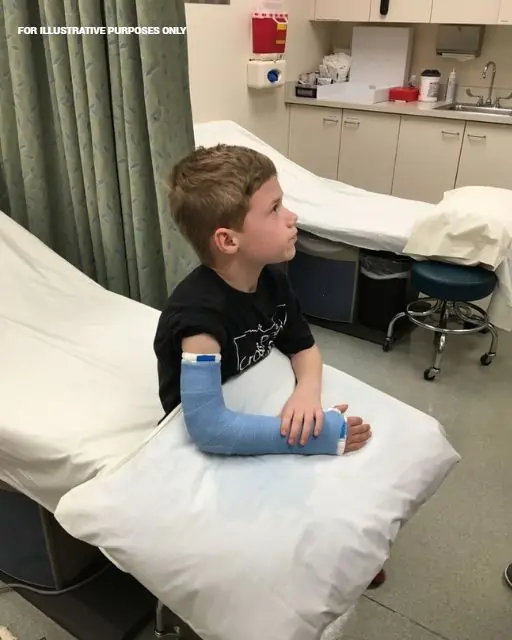
THIS IS THE BOY WHO SAVED MY DAUGHTER FROM A CAR ACCIDENT—AND I ONLY FOUND OUT WHEN I SAW HIS CAST

I brought the honeymooners down to earth after they attempted to turn my flight into a hell as payback.
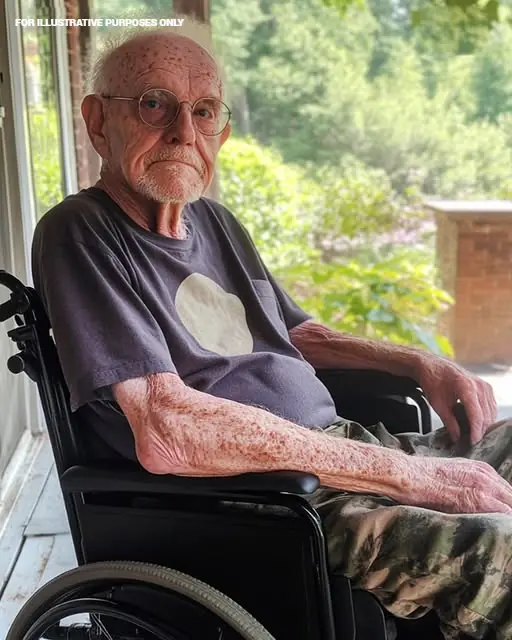
Someone in my neighborhood who was disabled never smiled. One day, I gave his life meaning.

When I got home with my twin babies, the locks had been changed, my stuff had been thrown away, and there was a note waiting for me.

Both Mother and Child Died of Liver Cancer – Doctor Warns: Never Add These 3 Ingredients to Porridge

More and More Young People Are Getting Stomach Cancer! If You Wake Up With These 5 Symptoms, Get Checked Immediately

Viral Video Shows Plane ‘Frozen’ Mid-Air, Ignites ‘Glitch In The Matrix’ Theories

Secret CIA Documents Declare That The Ark Of The Covenant Is Real, And Its Location Is Known

It will make your bladder and prostate look like new! Working grandfather’s recipe!

10 Vegetables That Naturally Help Clear Blocked Arteries

Dying Rich Man Sends Death Notice to 5 Kids to Determine Heir, No One Comes except Strange Young Girl

Entitled Couple Stole the Airplane Seat I Paid For—So I Gave Them Turbulence They Deserved

My Husband Developed an Entitled Attitude After He Was Promoted — I Got Fed up with His ‘Royal’ Demands and Taught Him a Lesson

My Sister Gave Me a Box That Said, 'Do Not Open Until You Become a Mom,' and When I Finally Did, I Discovered My Whole Life Had Been a Lie

My Son Was Going to Marry the Love of His Life, but the Secret Letter Ruined Their Fairytale Wedding
